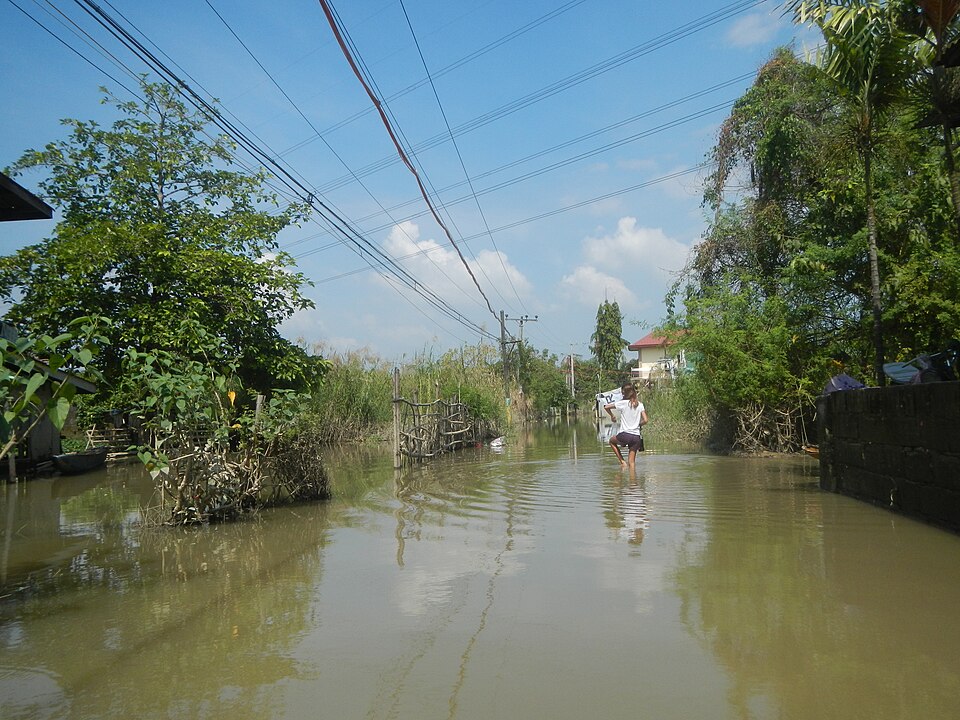Severe Flooding in Bulacan Reaches 6 Feet Amid Torrential Rains

Floodwaters in Bulacan, Philippines, have risen to alarming levels, reaching up to six feet in several areas following days of heavy rainfall caused by Typhoon Crising and an enhanced southwest monsoon. On July 21, 2025, reports from the Calumpit Municipal Disaster Risk Reduction and Management Office (MDRRMO) indicated that the floodwaters in Sitio Nabing, Barangay Meysulao, Calumpit, have severely impacted local communities, prompting emergency responses from local authorities.
According to Enriquito Santiago Jr., head of the Calumpit MDRRMO, the flooding situation has necessitated the distribution of food packs and other essential supplies to affected families. In Bocaue, Bulacan Governor Daniel Fernando and Vice Governor Alexis Castro were actively involved in relief efforts, demonstrating the local government's commitment to supporting those in distress due to the floods.
The flooding has been exacerbated by high tide conditions, with seawater levels reportedly exceeding 3.6 feet, creating additional challenges for flood management in coastal barangays. Manuel Kukban Jr., head of the Bulacan Provincial Disaster Risk Reduction and Management Office (PDRRMO), observed that the water levels in the Angat River surged significantly due to the release of water from Bustos Dam and Ipo Dam.
As of July 21, Bustos Dam was recorded at an elevation of 15.88 meters, while Ipo Dam reached 100.52 meters, just shy of its spilling level of 101 meters. On July 19, the Ipo Dam began releasing 103.25 cubic meters per second (cms) of water after surpassing the spilling mark, leading to an increased outflow from the Bustos Dam, which subsequently released 412 cms of water on July 20.
The continuous rainfall over the weekend caused the water elevation in Angat Dam to rise nearly four meters, from 191.88 meters on Friday to 195.92 meters by Monday, indicating the urgency of the situation. This alarming increase in water levels has prompted local officials to remain vigilant and prepared for further flooding.
Experts, including Dr. Maria Santos, a climatologist at the University of the Philippines, have emphasized the need for improved disaster preparedness strategies in the region. "With climate change contributing to more intense and unpredictable weather patterns, local governments must invest in better flood management systems and community resilience training to mitigate the impacts of such disasters," Dr. Santos stated in her recent analysis published in the Philippine Journal of Environmental Science in June 2023.
The flooding in Bulacan highlights the broader implications of climate change and its impact on vulnerable communities. The Philippines, identified as one of the most disaster-prone countries in the world, experiences frequent typhoons and heavy rainfall, necessitating continuous improvements in disaster response frameworks.
Moving forward, local authorities are expected to assess the damage caused by the floods and implement strategies to enhance community preparedness for future weather events. Additionally, ongoing monitoring of dam levels and river conditions will remain crucial in preventing further flooding and ensuring the safety of residents in affected areas.
Advertisement
Tags
Advertisement





